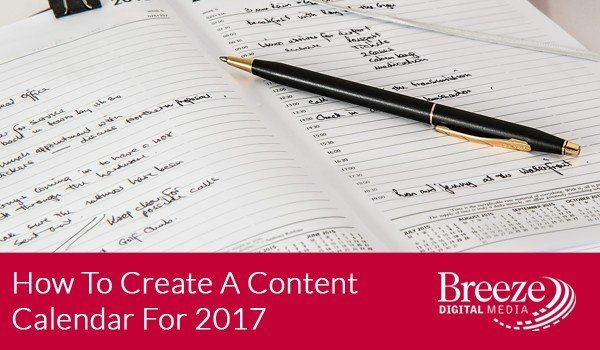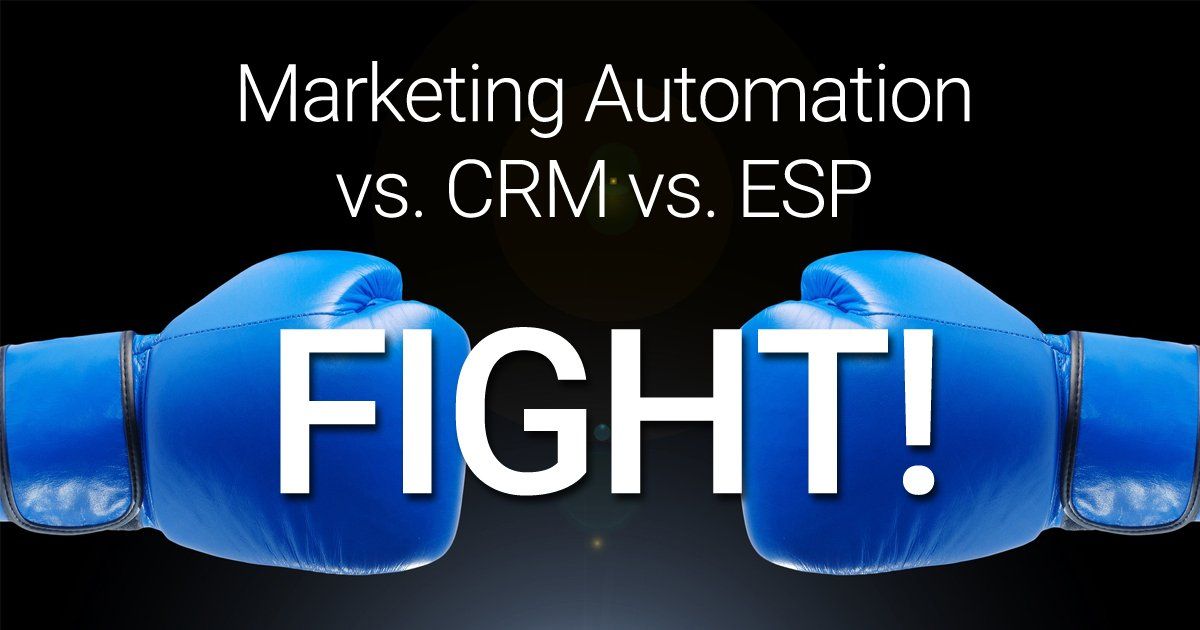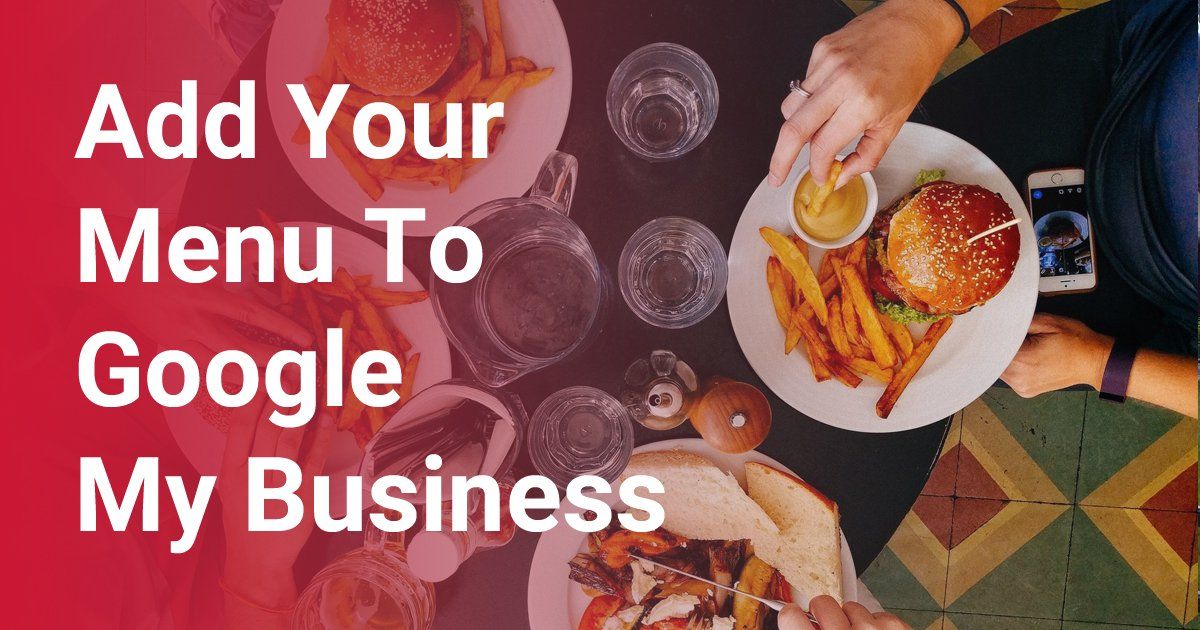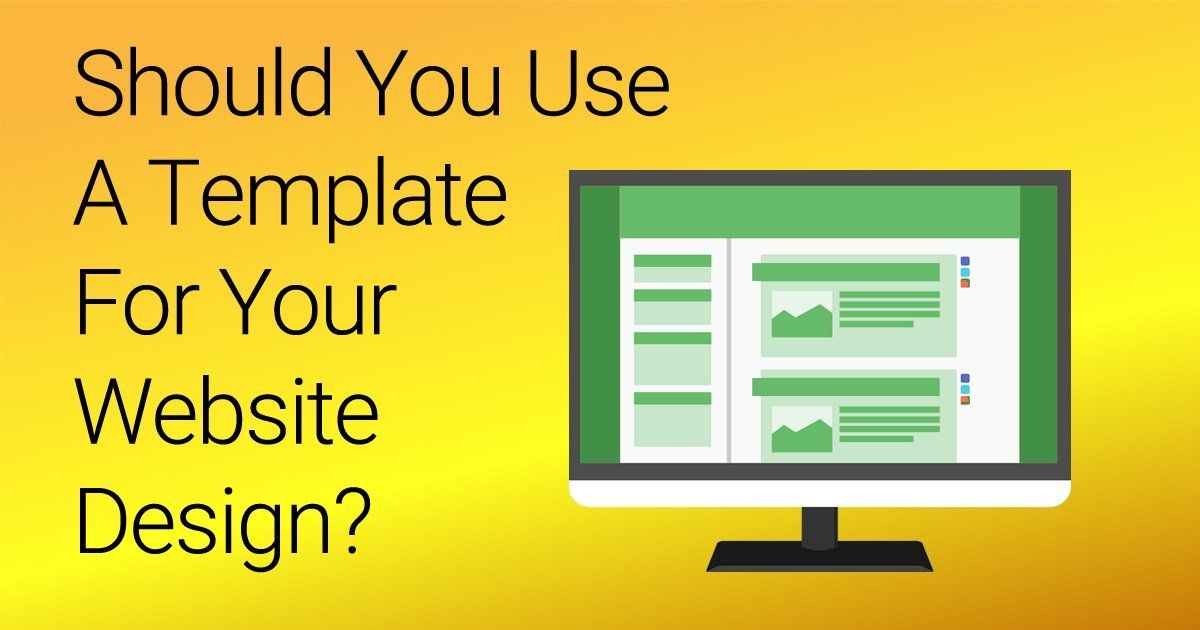Blog Post
Digital Marketing Blog
How To Create A Content Calendar For 2017
- By James QUINN
- •
- 09 Dec, 2016
- •
Plus a free content calendar template

You've heard that 'Content is King.' Well if that's true, then a content calendar is the Queen behind it. Great content just doesn't produce itself, much the same way a beautiful lawn doesn't just grow itself. Producing great content and producing it consistently takes careful planning and thought. It's no wonder that 77% of marketers will increase content production in the next 12 months (LinkedIn Technology Marketing Community). Yet, 51% of marketers indicate that lack of time stops them from producing content and 50% have trouble producing a variety of content. A content calendar solves all of that. We have a free template for you to download and use and a step-by-step instruction on how to use it.
DOWNLOAD OUR FREE CONTENT CALENDAR FOR 2017 HERE (opens in a new window)
The Goal Of A Content Calendar
A content calendar is a resource, one that can be shared among your entire marketing team. Or if your marketing team is small or just one person, it's a resource to keep track of your content schedule. Why use a content calendar at all? It allows you to quickly visualize a list of content you want to publish through the year
(or even just the month), rather than very sporadically creating and publishing content or doing so with no thought to a timeline or an effective publishing date. This allows you to:
While the content calendar template we offer it lists for everyday of the year, but you can use it to plan content on a weekly, monthly or even quarterly basis. Does your industry move quickly? You may need to react and change your content calendar.
- plan content around events
- visualize gaps in content calendar
- have plenty of content ready
While the content calendar template we offer it lists for everyday of the year, but you can use it to plan content on a weekly, monthly or even quarterly basis. Does your industry move quickly? You may need to react and change your content calendar.
How To Set Up Your Content Calendar In 6 Easy Steps
First: DOWNLOAD THE FREE 2017 CONTENT CALENDAR TEMPLATE
and then come back to this page and we'll go through this together! (opens in new window)
Step 1: Identify Your Key Topics
This will probably be your toughest step, but if you can get through this one, I promise you the rest are much easier! This is the toughest step, because it's where you need to define your main topics for the year. Start by filling out the month that's coming up next from when you download this template.
Step 2: What Type Of Content Are Your Producing?
Content by definition is anything that's consumed by a visitor. Content usually comes in the form of blog posts or articles but can be and should be much more than that. Infographics are much easier for readers to digest than reading a lengthy article (though the article usually accompanies that anyway). Videos are becoming increasingly easy to put together. You already have a video production studio in your pocket! Have you thought about putting together an eBook or are you doing research on your industry? Put together a white-paper that you can share on your LinkedIn after. Based on the events going on through the month you can discover what type of content would resonate best with your audience.
Step 3: Content Details - The Meat & Potatoes Of It All
Here is where you want to list a few "sub-topics". These will be your subheadings, your bullet points or at least a roadmap of where to write down your thoughts when it comes time to create this content. Reference it when you are sourcing images or creating a script for that video or producing graphics for your infographic. Keep this somewhat short and slightly more narrow than your main topic or title.
Step 4: Identify Your Keywords
This is a critical step. It's what's going to get you found on Google. Can you guess what keywords I have picked for this blog post? If you guessed "content calendar for 2017" you would be very correct. Your keyword(s) should be in several parts of the content itself. Don't overdue it or Google will actually penalize you, but you want to have a good balance. If you're looking for an easy way to write SEO rich content, start with a title, think of your keywords and then work backwards writing the content around that title and it's keywords.
Step 5: What will you offer
Not every piece of content needs to linked to an offer, but you should offer something. Offers are the currency of leads generation. In order for a prospective customer to give up their information you need to 'buy it' with an offer. After all, what's the point of producing all of this content if it's not to acquire new clients! An offer can be in the form of an eBook, a White Paper, a template (like this calendar template) or a free consultation for your services.
Step 6: How will you share it
Don't skip this last step. Figure out before publishing your content where you want that topic shared. Some topics and also some content is best shared on only certain networks. For instance, a white paper is best shared on LinkedIn for a B2B type of business. A video is obviously best shared on YouTube and (hosted on) but it's good to upload that same video on Facebook. You'll want to embed the YouTube video on your blog page but lives natively on each platform that allows for it. You may even take a small clip of that and place it as an Instagram post with a link to the full video. Infographics are best shared on Pinterest. You can place it on Facebook, but it's not something people will consume directly on Facebook, rather you'll need to provide a link to it.
This step is where you can also source your best thumbnail image for each social network. Here's a great article on 5 social media tools to create graphics for sharing.
This step is where you can also source your best thumbnail image for each social network. Here's a great article on 5 social media tools to create graphics for sharing.
What are your biggest challenges in creating content? Or your own suggestions for having a consistent content schedule? We'd love to hear them in the comments below.

By James QUINN
•
08 May, 2018
There are no less than 35+ companies that fall under the umbrella of Marketing Automation. Not including the amount of CRM’s (Customer Relationship Manager) and ESP’s (Email Service Providers) that are out there.
There are no less than 35+ companies that fall under the umbrella of Marketing Automation. Not including the amount of CRM’s (Customer Relationship Manager) and ESP’s (Email Service Providers) that are out there. When considering the technology differences between MA, a CRM and an ESP, many of the features are overlapping. However, only Marketing Automation offers what a CRM can do, what an ESP can do & much more.

By James QUINN
•
05 Feb, 2018
Do you know that the number one visited page on a restaurant website is, besides their homepage?
The restaurant menu.
Chances are, if you recently visited a restaurant's website, you were probably looking for their menu to whet your appetite. It's possible that you might also go their to see any specials or events going on, but primarily you want to see what's cooking.
If you own a restaurant, you're in the business of guest service.
Google is in the business of getting the right information to the right person at the right time.

By James QUINN
•
18 Dec, 2017
If you’re working with some budget constraints, and you’re working with a professional designer – choosing to start with a template can be a great way to get your website up and running. If you’re on time constraints, templated websites work great for that as well. However, if you're looking for a professional, one of a kind user experience, then custom is the way to go.

By James QUINN
•
22 Nov, 2017
If you’re like me, then you my friend, are a data junkie. Even if you’re not a data junkie, you can still appreciate measuring your ROI. What I’m saying here, is that while the world is going (has gone) digital, you can still make excellent use of offline marketing campaigns and advertising.
By James QUINN
•
15 Aug, 2017
We are a visual society, so you should be using at least one of these options on your website.Just like website design ranges from no use of images to the overuse of them, same is true with icons today. More than ever, some webpages are being cluttered with icons, that often add no context to the page or just add nothing to the user experience.When is it good to use an icon on your website? Here's a few criteria I follow plus some resources for putting icons on your website.

By James QUINN
•
13 Jul, 2017
What’s more important to you: A shiny trophy for being number one on Google or a boat load of new clients coming your way. Yes, we have said before that the number one position on Google gets 33% of the traffic for that keyword, but what do you see coming up as number one now-a-days? Local Directories come up first. Do a quick Google search for anything local business related, and the first page of results will be review sites and directories.
CONTACT US
ABOUT US
Behind every great company's success is a great marketing team.
Think of us as an extension of your marketing team, or your entire marketing team if you don't already have one. We help businesses solve their toughest marketing challenges.
© Copyright . Any redistribution or reproduction of part or all of the contents in any form is prohibited.